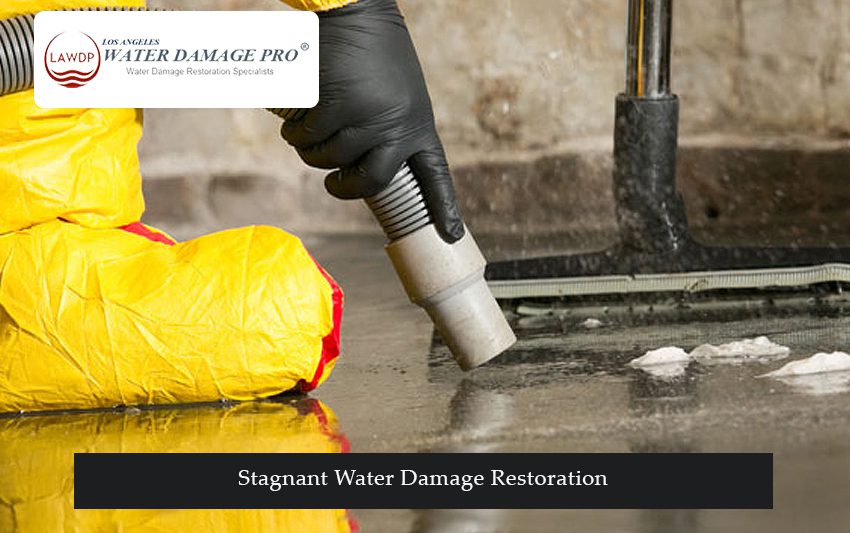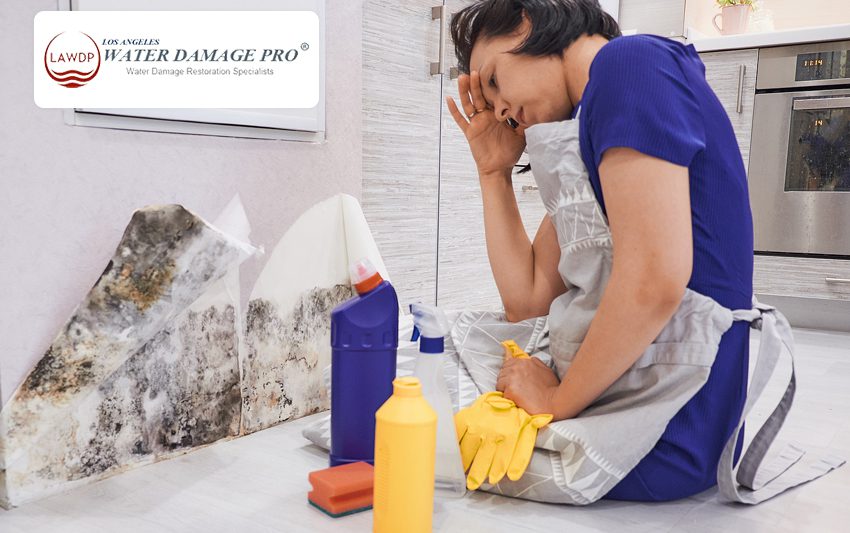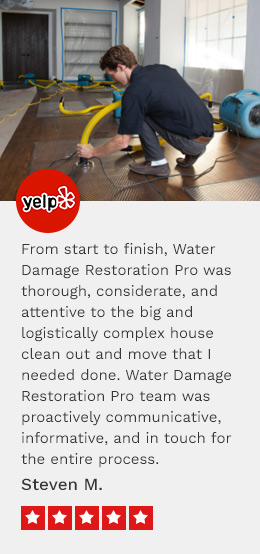Stagnant Water Damage Restoration
Discover the crucial services and strategies of stagnant water damage restoration, essential for mitigating the destructive impact of water on properties in this iconic city, from homes to businesses, ensuring its continued vibrancy.

Stagnant Water Removal and Extraction Methods
Prompt and efficient stagnant water removal is crucial to minimize property damage and safeguard your health. Below, we delve into various methods used by professionals to address stagnant water issues effectively:
| Removal Methods | Description |
| Pumping | This method involves using submersible pumps, which can be fully submerged in water for efficient extraction. Additionally, trash pumps remove water containing debris or solid particles. |
| Vacuum Extraction | Wet vacuums are highly effective for extracting water from carpets, floors, and upholstery. Professionals also utilize truck-mounted extractors for more extensive water removal projects, as they offer powerful suction capabilities. |
| Dehumidification | Using desiccant and refrigerant dehumidifiers, professionals reduce humidity levels in water-damaged areas. This accelerates the drying process, preventing mold growth and further damage. |
| Sump Pump Installation | Interior sump pumps are installed in basements or crawl spaces to collect and pump out excess water, preventing flooding. Exterior sump pumps are placed outside the property to divert water from the foundation. |
| Natural Drying | Encouraging airflow through the affected area with fans and open windows can expedite drying. When safe, natural sunlight can also aid in drying damp spaces. |
Insurance Coverage for Water Damage
In Los Angeles, where occasional flooding and heavy rains can lead to stagnant water damage, it’s vital to grasp the nuances of insurance coverage. Homeowners insurance usually excludes stagnant water damage but covers sudden water intrusion like burst pipes.
The National Flood Insurance Program (NFIP) and private insurers offer flood insurance, essential for flood-related stagnant water damage. Check NFIP eligibility for your property online.
When faced with stagnant water damage, contact your homeowner’s insurer first. To facilitate a successful claim, document the damage, report it promptly, and cooperate with adjusters. For inquiries, consult your insurance agent or NFIP for guidance.
Environmental Considerations in Restoration
When embarking on a restoration project, whether it’s for water damage, it’s crucial to be mindful of the environmental impact. Here, we delve into key environmental considerations that should guide your restoration efforts:
- Sustainable Materials: Opt for eco-friendly building materials whenever possible. This includes using recycled or reclaimed wood, low-VOC paints, and sustainable insulation options.
- Waste Management: Implement effective waste management practices to reduce landfill waste. Sort and recycle materials like metal, glass, and plastics. Dispose of hazardous materials properly, following local regulations.
- Energy Efficiency: During restoration, upgrade insulation, windows, and doors to improve energy efficiency. Installing energy-efficient appliances and lighting can reduce long-term energy consumption, benefiting both the environment and your utility bills.
- Water Conservation: Incorporate water-saving fixtures and appliances in your restoration project. This includes low-flow toilets, faucets, and water-efficient irrigation systems for landscaping.
Local Regulations and Permits for Restoration
Restoring your Los Angeles property after stagnant water damage requires compliance with local regulations and permits. Here’s what you need to know:

Regulations
The City of Los Angeles has several regulations in place for restoring properties that have been damaged by stagnant water. These regulations are designed to protect public health and safety and to ensure that all restoration work is done safely and professionally.
One of the most important regulations is that a licensed contractor must perform all restoration work. This is because restoration work can be complex and dangerous, and it is important to have a qualified professional perform the work to ensure that it is done correctly.
Another important regulation is that all restoration work must be completed within a certain period. Timely completion is crucial to prevent mold growth and health hazards, with the timeframe varying based on damage severity.
Permits
Specific permits may be necessary depending on your restoration scope. For instance, demolition permits are needed for drywall or flooring removal, while electrical permits are essential for rewiring.
The City of Los Angeles Department of Building and Safety provides information on the permitting process and offers online applications.
Stagnant Water Damage Restoration in Los Angeles!
Facing stagnant water damage? Act now! Contact Water Damage Restoration Pro for swift stagnant water damage restoration services in Los Angeles. Restore your property today with our licensed professionals. Protect your investment by calling us now!
FAQs
Stagnant water damage refers to the destruction and harm caused to properties by water accumulating and remaining in one place, often due to flooding, leaks, or plumbing issues.
Common causes include heavy rain, floods, burst pipes, sewer backups, and roof leaks. Poor drainage systems can also lead to stagnant water around properties.
Immediate restoration prevents further damage, including mold growth, structural issues, and health hazards. Acting promptly can save time and money.
Typically, the process involves water removal, drying, sanitization, repairs, and restoration. The specific steps may vary depending on the extent of damage and the type of property.
The duration varies based on factors like damage extent, the affected area’s size, and the restoration methods used. It can range from a few days to several weeks.
Preventive measures include regular maintenance of plumbing and drainage systems, installing sump pumps, ensuring proper insulation, and addressing roof issues promptly.


